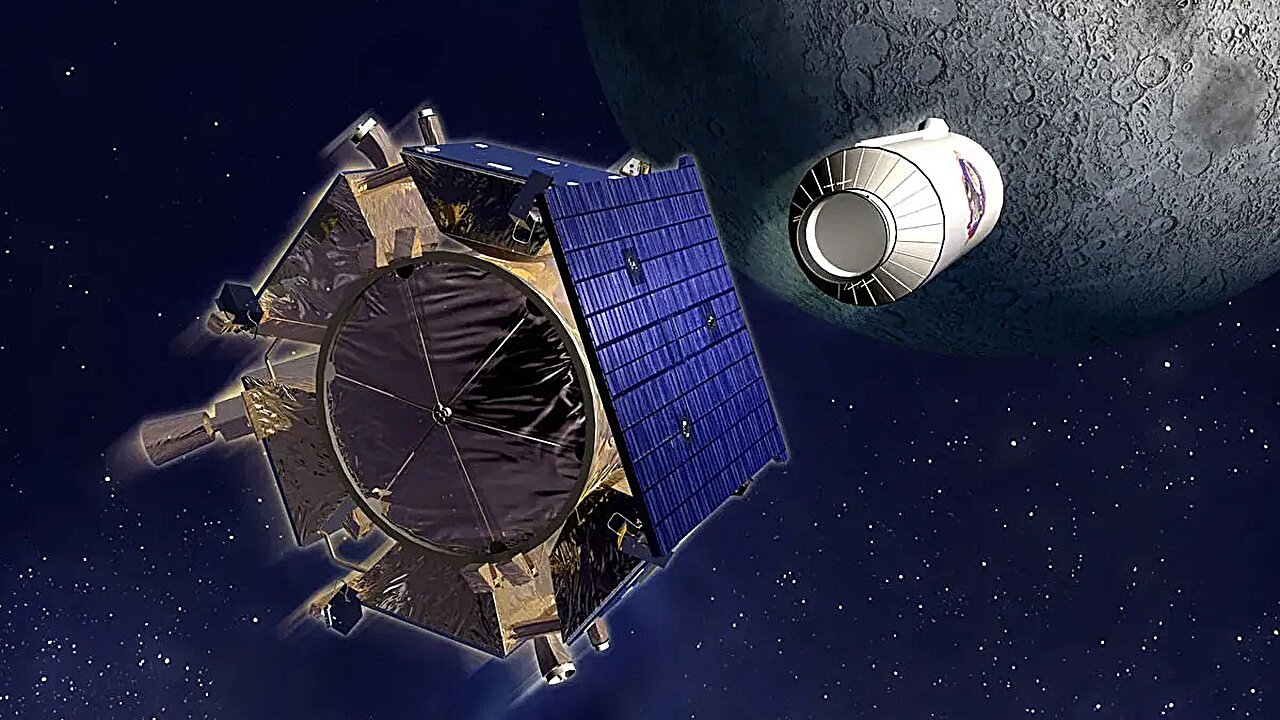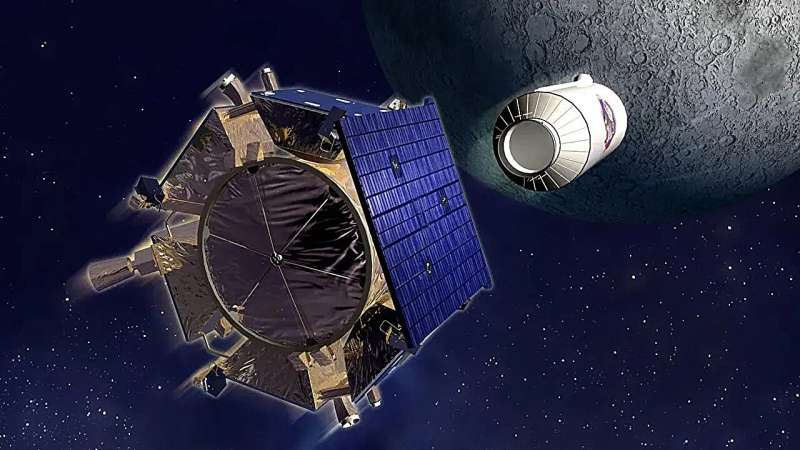

In 2009, NASA intentionally crashed a spacecraft into the moon and used a small trailing spacecraft to observe the results: The Lunar Crater Observation and Sensing Satellite (LCROSS) was designed to search for frozen lunar water and other volatiles in the lunar regolith by knocking them off the moon.
Volatiles are materials that readily vaporize, or shift from liquid to gas. The LCROSS impact kicked up a cloud of regolith containing plenty of water (5.6% by mass), along with small amounts of carbon dioxide, sulfur dioxide, methane, and ammonia. But it did so in a permanently shadowed area of the moon, leaving scientists unable to directly observe the crater after its formation.
Now, new research has located the crater the LCROSS mission left behind, allowing scientists to better contextualize the mission’s results and informing future efforts to locate and use resources on the moon. The study is published in the journal Geophysical Research Letters.
To do so, Fassett and team used two data sources. The Miniature Radio Frequency instrument on the Lunar Reconnaissance Orbiter (LRO) observes the moon at radar wavelengths to search for subsurface water ice. The ShadowCam on the Korea Pathfinder Lunar Orbiter is a hypersensitive camera that launched in 2022, built specifically for seeing inside eternally dark areas of the moon. Its capabilities allowed the researchers to see the LCROSS crater directly and confirm that changes to radar-based reflectivity seen by LRO after the impact corresponded to a new crater.
The LCROSS impact crater is about 22 meters across, the researchers report, slightly smaller than the LCROSS team originally estimated. To determine the age of the volatiles ejected by LCROSS, the research team incorporated knowledge about the moon’s inclination throughout history and information about how impacts disturb the lunar crust into a model.
They found that the regolith ejected from the crater was likely disturbed between 100 and 500 million years ago and the LCROSS impact location entered permanent shadow only ~900 million years ago, making it relatively young. This result supports earlier evidence that suggests the volatiles themselves are young and came from outside the moon—perhaps from comets, asteroids, or the solar wind—rather than from volcanic eruptions early in the moon’s history.
These results have given researchers further context on the origins and distribution of water on the moon. These data could be complemented by future missions, such as the Volatiles Investigating Polar Exploration Rover (VIPER).
More information:
C. I. Fassett et al, The LCROSS Impact Crater as Seen by ShadowCam and Mini‐RF: Size, Context, and Excavation of Copernican Volatiles, Geophysical Research Letters (2024). DOI: 10.1029/2024GL110355
Provided by
American Geophysical Union
This story is republished courtesy of Eos, hosted by the American Geophysical Union. Read the original story here.
Citation:
Fifteen years later, scientists locate a lunar impact site (2024, October 9)
retrieved 9 October 2024
from https://phys.org/news/2024-10-fifteen-years-scientists-lunar-impact.html
This document is subject to copyright. Apart from any fair dealing for the purpose of private study or research, no
part may be reproduced without the written permission. The content is provided for information purposes only.